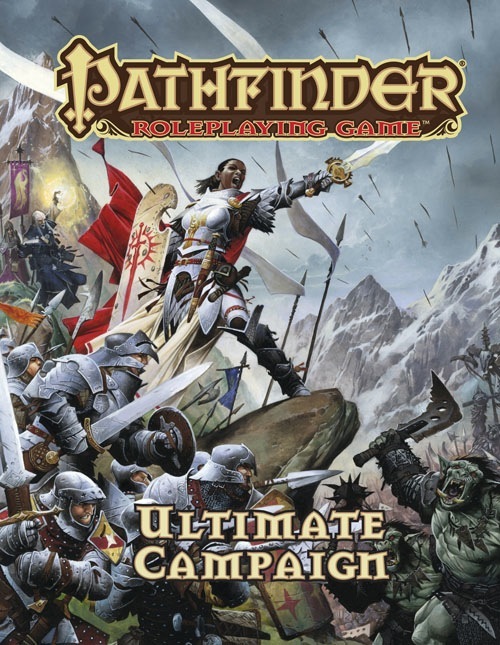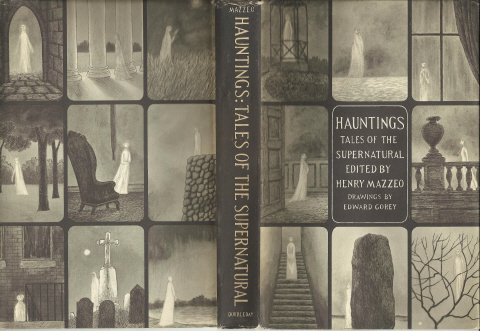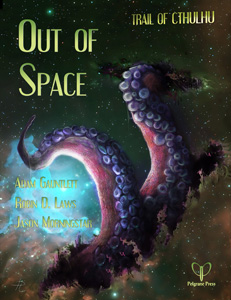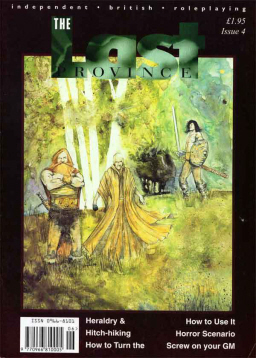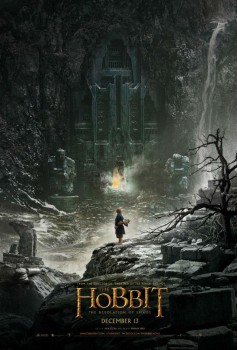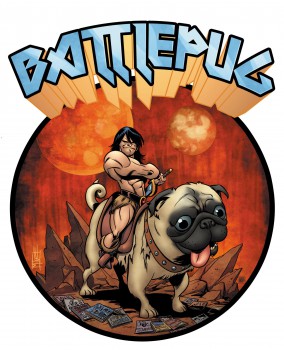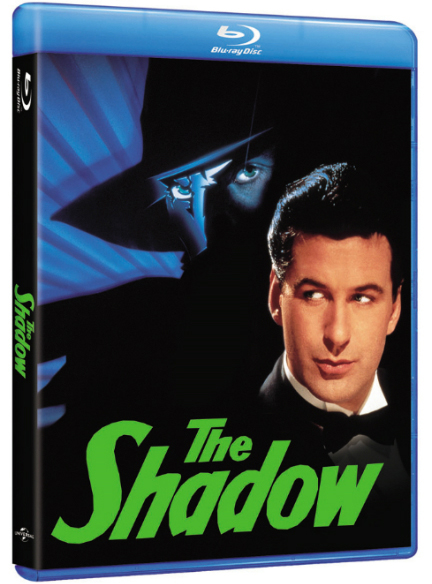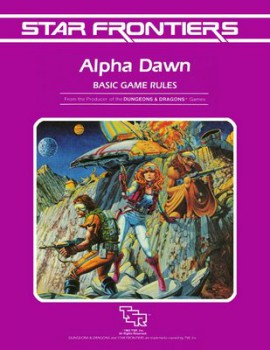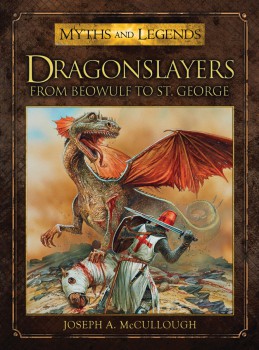The Kids Are More Than All Right: Mad Max Beyond Thunderdome on Blu-ray
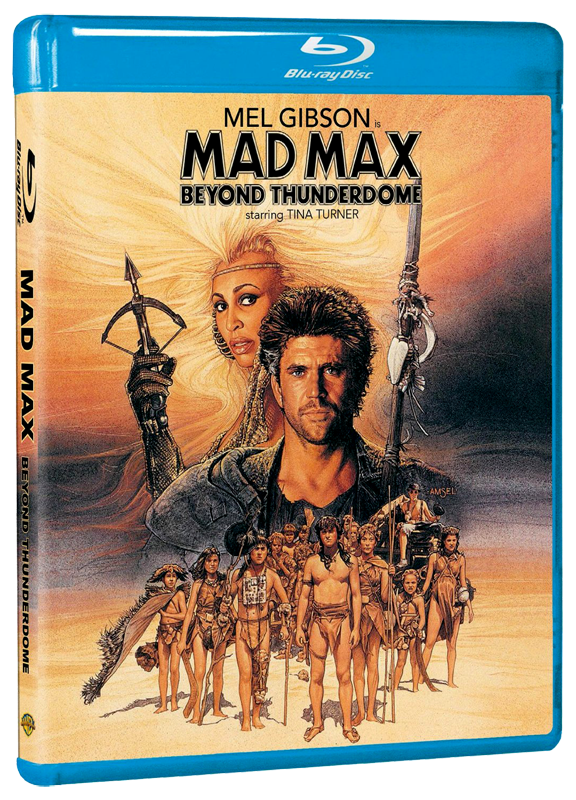 Mad Max Beyond Thunderdome (1985)
Mad Max Beyond Thunderdome (1985)
Directed by George Miller and George Ogilvie. Starring Mel Gibson, Tina Turner, Helen Buday, Frank Thring, Bruce Spence, Robert Grubb, Angelo Rossitto, Angry Anderson, George Spartels, Edwin Hodgeman.
“This you knows. The posts on Black Gate travel fast, and time after time I’ve done the tell. But this ain’t one body’s tell. This is the tell of us all who love the Mad Max franchise. And you gotta listen to it and remember. ‘Cause what you hear today, you gotta tell the newborn tomorrow. I’s looking behind us now, into history-back. I sees those of us who got the luck and started the haul for hi-def. And I remember how it led us here and we were heartful ‘cause we saw the pan-and-scan VHS of what was. And we knewed we got it straight.”
If it weren’t for my aversion to camping and having to use porta-potties, I would attend Wasteland Weekend every year, a “360° post-apocalypse environment” held each September in the Southern California desert for other Mad Maxians. I’m that much of a fan. I prefer an air-conditioned theater and a marathon of the three films (to which a fourth will be added next year) over risking a Gila monster bite, however.
Now I can hold the movie marathon in my less-well air-conditioned apartment — with indoor plumbing and absolutely no Gila monsters! — because Mad Max Beyond Thunderdome made its debut on Blu-ray last week, completing the trilogy in hi-def.
For both fans and the general public, Mad Max Beyond Thunderdome generally ranks below the other two movies, Mad Max (1979) and The Road Warrior/Mad Max 2 (1981). The third film plays a lot nicer with other children than its predecessors: the low-budget exploitation biker/revenge flick of Mad Max and the violent action spectacle of The Road Warrior took a Spielbergian mid-‘80s shift that’s positively heartwarming. This was when the series went from an earned “R” rating to a family-friendly PG-13, and its rough wasteland-traversing hero came to the rescue of a clan of K-through-12s.
